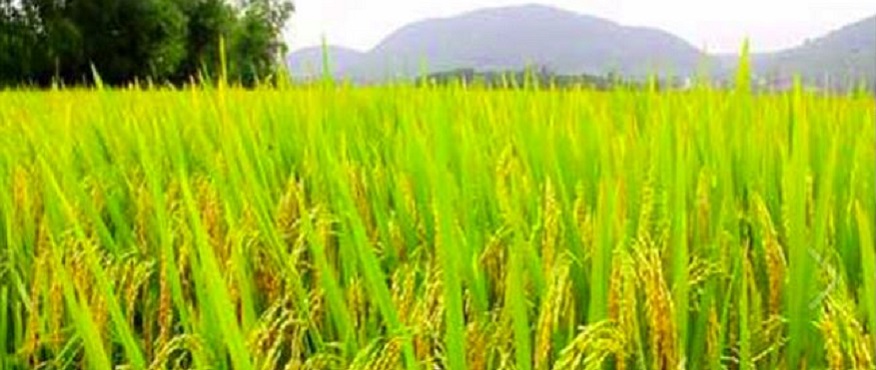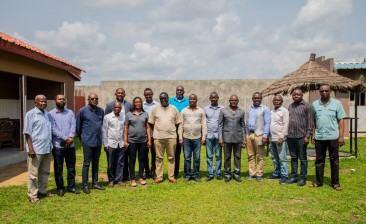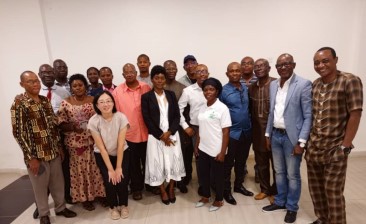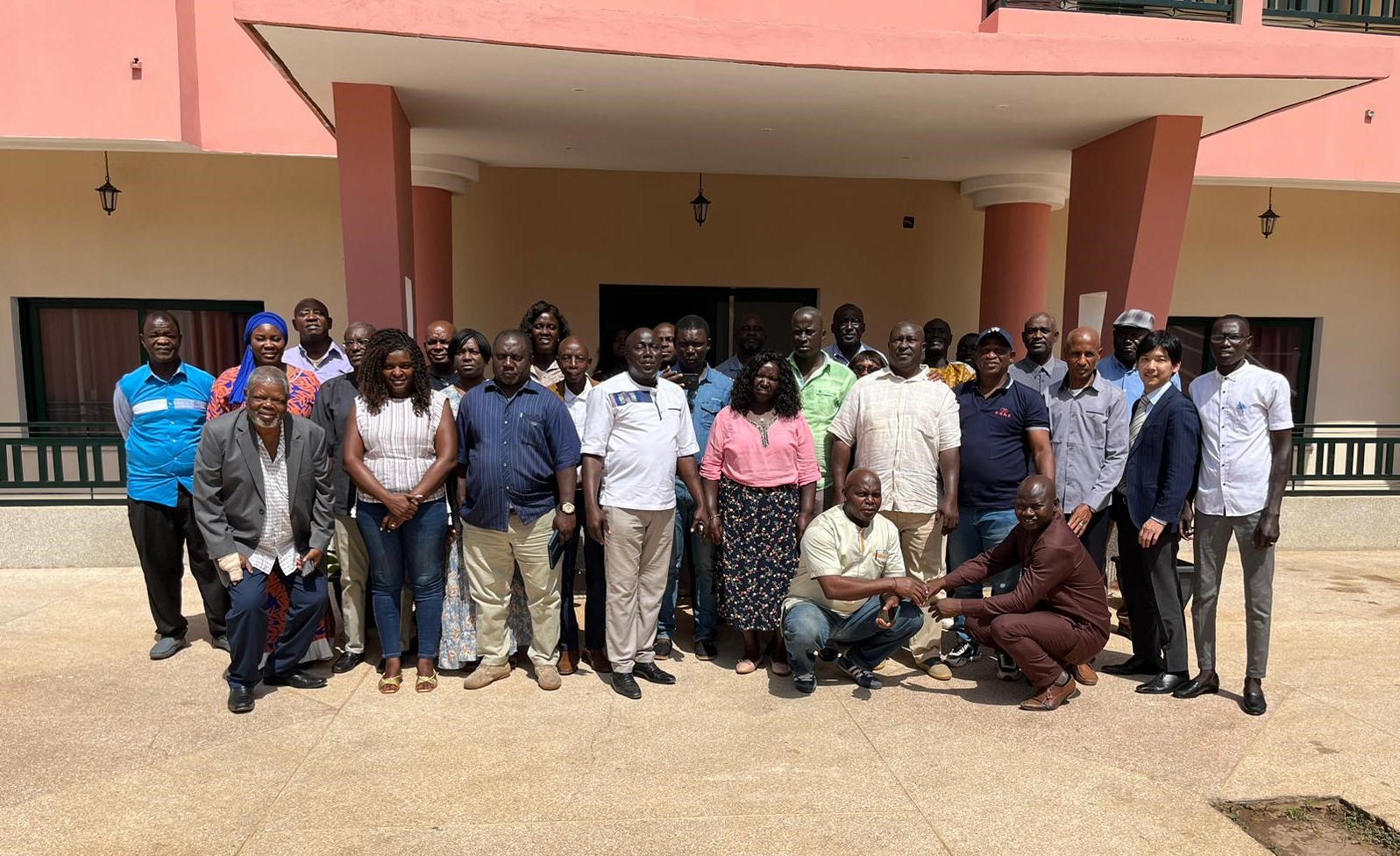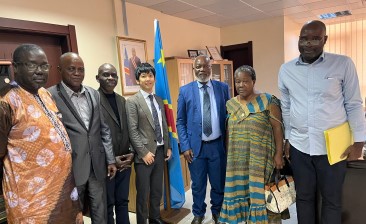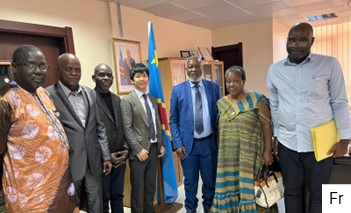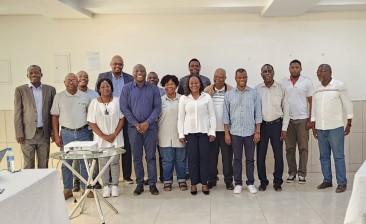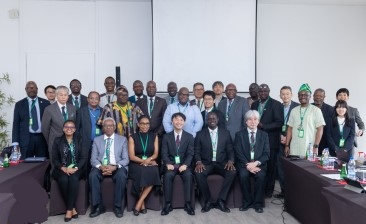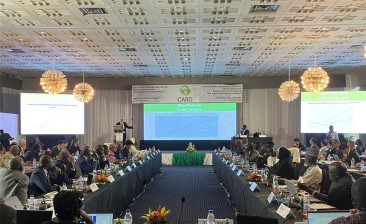Kenya, November 2019
CARD Working Week for developing an implementation flamework for the NRDS2 in Kenya
Rice was introduced to Kenya in 1907 from China. Rice consumption has in the recent years surged, especially amongst the youth due to rising incomes and urbanization. Presently the stature of rice crop has grown to become the third most important cereal crop, after maize and wheat. It is also chosen as a strategic commodity by Government of Kenya under its Big Four Flagship program under the Food and Nutrition Security agenda.
Kenya joined the CARD initiative in 2009 and developed its first National Rice Development Strategy (NRDS Phase 1; 2008-2018). Data from Ministry of Agriculture, Livestock and Fisheries (MOALF) reveals that Kenya has surpassed the goal of doubling its paddy production; by almost tripling from 42,202 tons in 2009 to 112,800 tons in 2017. Yet the market demand for rice consumption has surged from 12 Kg to 20.6 Kg per capita during the same period; widening the gap between local supply and demand. The deficit is met through importation of rice mainly from Asia, with the bill costing Kshs 26 Billion in 2018.
Promotion of rice in the country is steered by the Rice Promotion Programme under the guidance of a National Rice Technical Consultative Committee. Earlier, with guidance from CARD, the technical committee (NRDS taskforce) revised the erstwhile NRDS-1 document and drafted new strategies for the NRDS Phase 2. A summary of the trends in production, consumption, NRDS-2 targets and the Big-Four targets is illustrated in Fig.1. During the stakeholders’ validation process on the NRDS-2; the MOALF had asked the committee to prepare and annex an implementation Framework; before submitting the draft for final approval. Subsequently the NRDS taskforce requested CARD Secretariat to provide financial support for organizing a working week between the 18th and 22nd of November 2019.
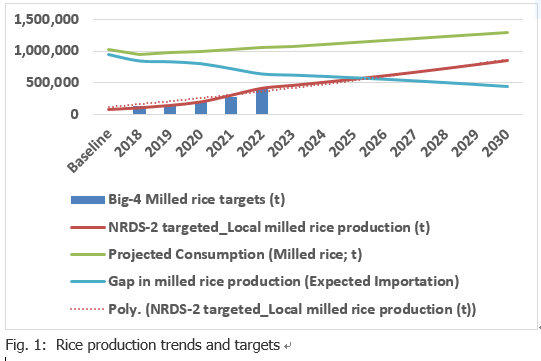
OBJECTIVES AND OUTPUTS
The purpose of the CARD working week was to deliberate on a logical framework of actions that will lead to the implementation of the NRDS Phase 2 for the period 2019-2030. The working week was held at the Horticulture Research Institute (KALRO Kandara) in Thika. Representatives from MOALF, State Department for Irrigation, CaDPERP Project, Jomo Kenyatta University of Agriculture and Technology and JICA participated in the event. It is notable that this was a culmination of several other preceding working weeks facilitated by the CARD consultant.
The taskforce members confirmed the data analysis that established that the current per capita rice consumption rose from 12.6 in 2016 to 20.6 kg per person in 2018.
The members reaffirmed that under NRDS Phase 2; the goal shall be to increase milled rice production from 112,000 MT in 2018 to 846,000 MT (7-fold increase). The key strategies under NRDS-2 shall be to
- Expand physical area under rice cultivation from 43,619 to 174,000 Ha by 2030
- Reduce the import bill by increasing production and market competitiveness of locally produced rice and
- Promote private sector participation in agribusiness
To achieve the targets, specific objectives identified for interventions include: (a) Expansion of physical area under rice cultivation (b) Increased on-farm productivity of rice (c)Reduction of the import bill by reducing importation of milled rice and (d) Promotion of private sector participation in agribusiness. Given the decentralized administrative set-up, the tracking of progress under the NRDS-2 will engage regional and federal development institutions and local governments.
In this context, the taskforce members further elaborated major interventions, expected outcomes in the short-term, mid-term (2024) and long-term (2030) indicators for monitoring and evaluation. The taskforce also established a financing plan for the required interventions and finalized the NRDS-2 document by annexing the implementation framework. Going forward, the finalized document will be submitted to senior officials of MOALF and forwarded to Council of Governors and Cabinet Secretary. It is expected that the GoK will officially launch the NRDS-2 early next year.
